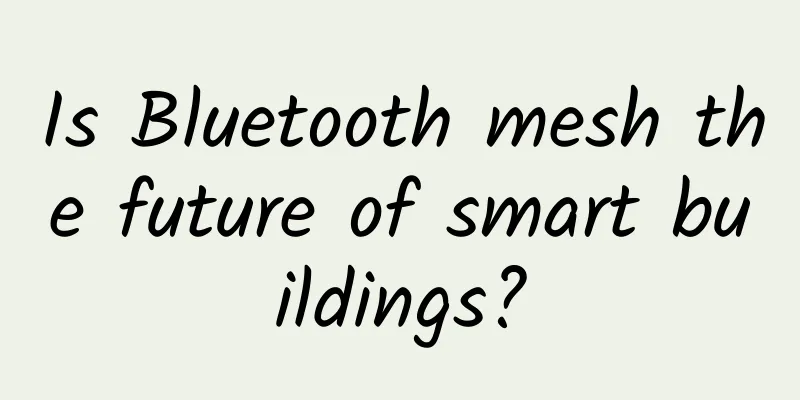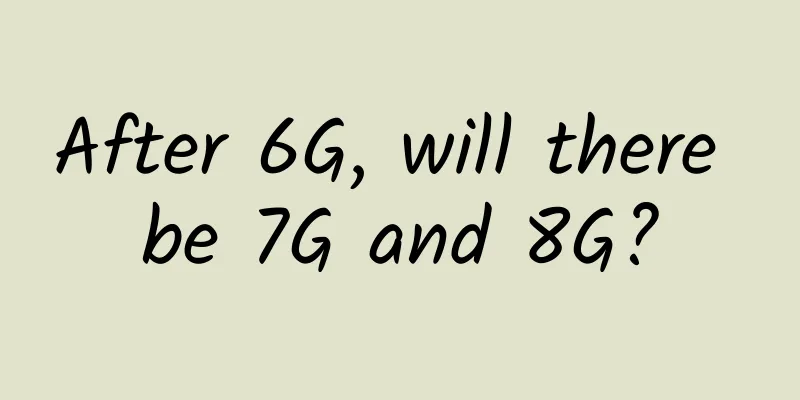Is Bluetooth mesh the future of smart buildings?

|
Smart buildings, whether residential, commercial or mixed-use, are a top priority for developers. Connected technology can make buildings more energy efficient, more compliant with environmental regulations, safer and more attractive to tenants and buyers. However, wired systems are expensive and complex to commission and install. Therefore, wireless connectivity is the key implementation, and Bluetooth mesh in particular has become a potential driver for future smart buildings.
What is Bluetooth mesh? All mesh networks follow a similar structure, where each node in the network connects to as many other nodes as possible. Mesh networks can dynamically self-organize and self-configure, which makes them very efficient at relaying data. In traditional networks, each node must connect to a hotspot or access point, while mesh network nodes communicate with each other, so the signal is amplified and its range is extended. Bluetooth mesh is a simple, architecture-based network for Bluetooth LE devices. It was conceived in 2015 and adopted in 2017. What are the benefits of Bluetooth mesh? Bluetooth mesh networking supports many-to-many device communication, which means it has a wide range of application potential where a large number of sensors or devices need to be centrally managed, such as those in smart buildings. It is highly scalable, reliable and secure - making it useful in commercial environments as well as residential and consumer-centric environments, so it can be used in industrial buildings such as factories, airports, hospitals and department stores, as well as homes. (Source iothome.com) In other words, it can bring great value to smart buildings in a cost-effective and easy-to-manage way. Smart lighting use cases In smart buildings, one of the most talked-about applications for Bluetooth mesh is building lighting management, an application that has been promoted around the world. Low-power LED lighting has been recognized as a powerful technology to reduce the overall energy consumption of buildings. By combining Bluetooth mesh technology with LEDs, manufacturers can create interconnected lighting systems that allow sensors and software to communicate with each other throughout the building. The result is lighting systems that can be centrally monitored and automated, such as delivering information (lighting can be used to guide visitors to specific locations or help them find an exit in an emergency) or simply better manage power consumption (lighting that automatically turns on or off based on the time of day or amount of activity). According to ABI Research, shipments of smart lighting devices will increase fivefold by 2022, largely due to Bluetooth mesh technology. But lighting is just the beginning. Because of Bluetooth mesh’s cost-effective scalability and universal principles, it can form the basis for a wide range of building automation and optimization use cases, such as environmental control, asset tracking, and security systems. The possibilities for future smart buildings are endless, and Bluetooth mesh is just the beginning. |
<<: How to deal with the impact of digital transformation on the network
>>: 10 pain points: How IT departments face edge computing
Recommend
A network like a boyfriend: A study of intent-based networking systems from Gartner
Intent-based networking is just getting started, ...
TmhHost: Los Angeles CN2 GIA quarterly payment starts from 100 yuan, US CN2 GIA line 200Gbps high-defense VPS 20% off
TmhHost has launched its latest promotion, involv...
The full implementation of number portability is about to reach its first anniversary, and the winner may be different
On August 5, 2019, number portability entered the...
CloudCone Los Angeles SSD VPS Flash Sale $19.38/year - 1GB/30GB SSD/1TB monthly traffic
CloudCone launched the SSD VPS Flash Sale yesterd...
SoftShellWeb December Special Package, Netherlands/San Jose/Taiwan VPS monthly payment of $9.99
SoftShellWeb has released a special package for D...
To cope with the global food crisis, AI, 5G and machine vision join forces to "raise fish"
Today, the global food challenge has become a rea...
Enterprise Switches and Selection Guide
An enterprise switch is a type of network switch ...
TmhHost: 20% off for Los Angeles CN2 GIA high-defense, 20% off for Hong Kong NTT data center VPS, US CN2 GIA quarterly payment starting from 70 yuan
TmhHost is a Chinese VPS service provider establi...
Live coverage of the 2018 Yunnan-Huawei Software Industry Summit: Accelerating software growth and empowering the digital economy
[51CTO.com original article] From December 20th t...
5G is not yet popular, but 4G packages have been quietly removed from the shelves, and this wave of operations by operators has caused a lot of criticism
2020 is coming to an end. After a year of hard wo...
In the 5G era, how to innovate network construction models?
The full opening of the 5G commercial era and the...
Talk about the past and present of programmable network elements
[[402793]] This article is reprinted from the WeC...
Gigsgigscloud Japan CN2 limited package (TYO-V-SE-01) from $22/month, three-network CN2 return
Gigsgigscloud launched a Japanese data center clo...
Data Center Strategic Evolution
With the advent of cloud computing, many industry...
Is the expansion speed of WiFi 6 really much faster than 5G?
In daily life, we may encounter the following sit...









